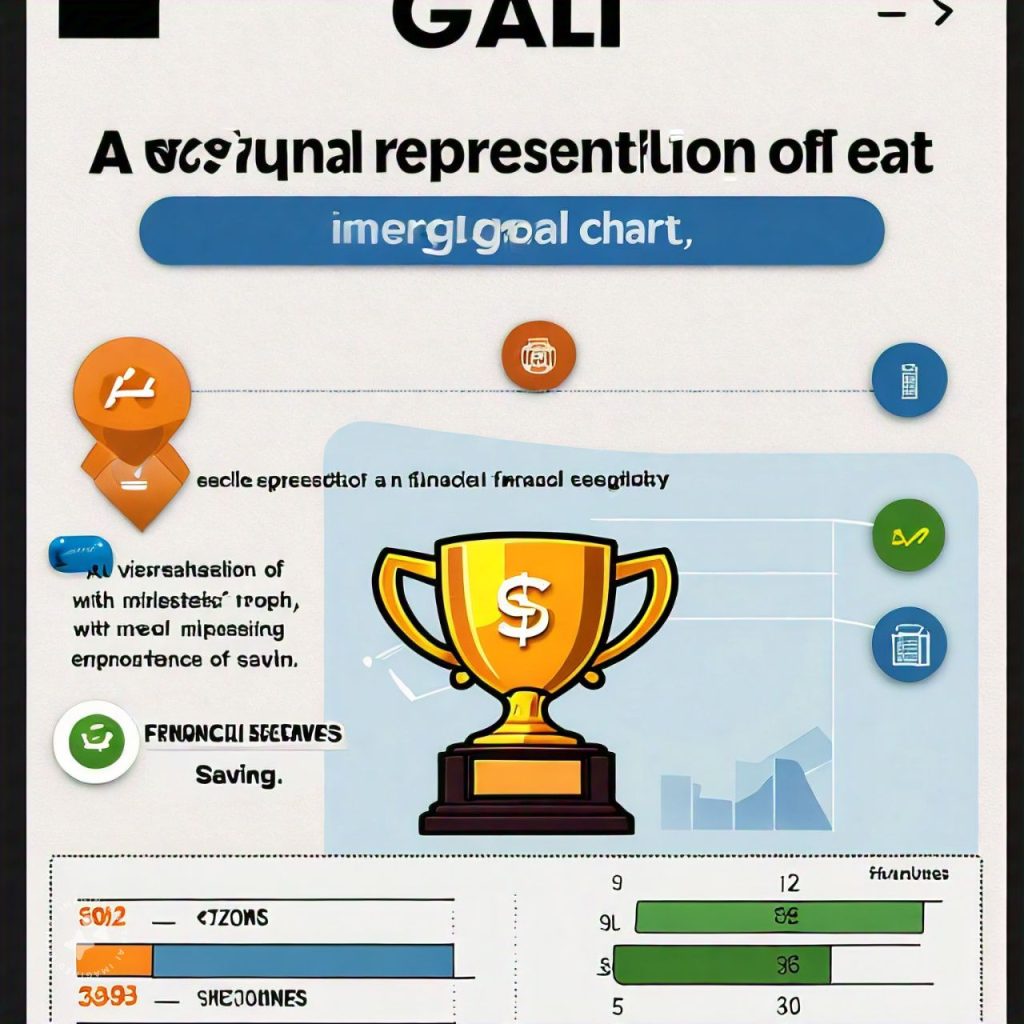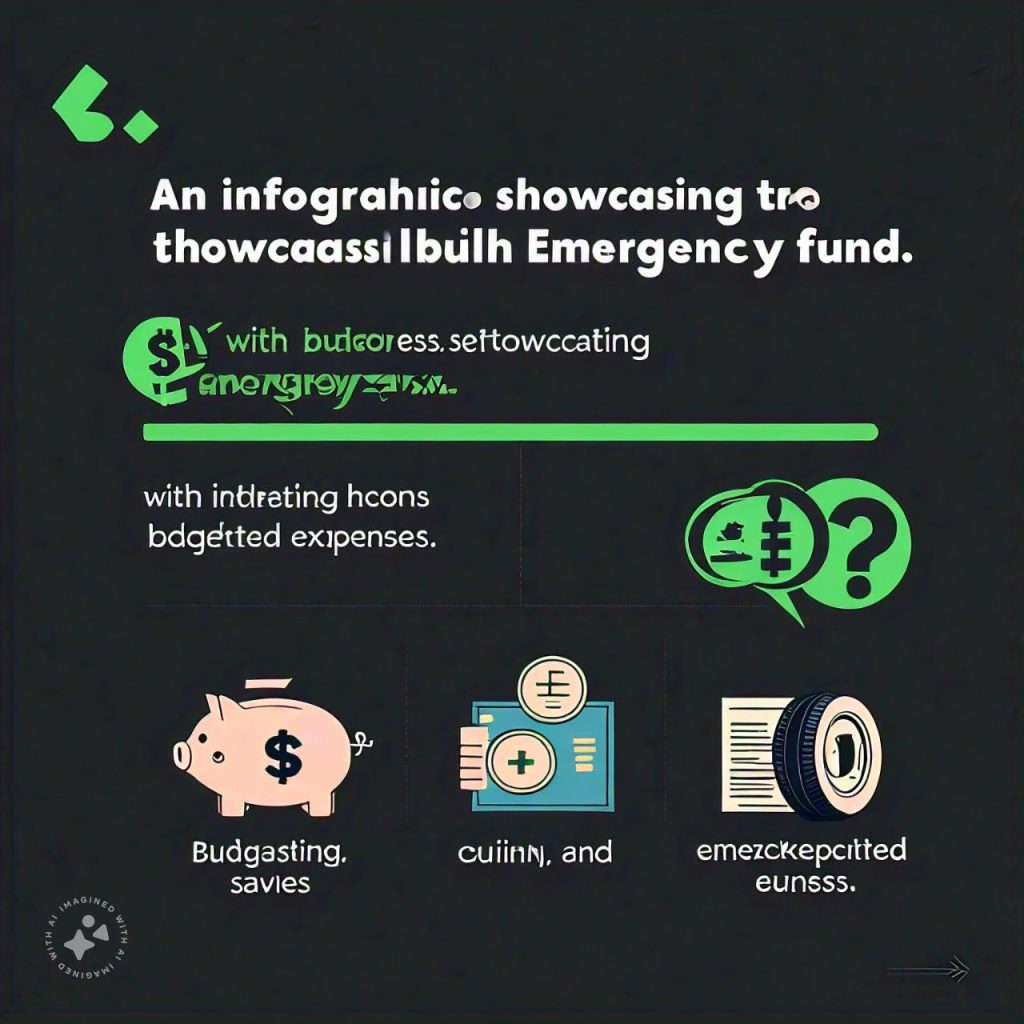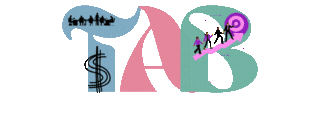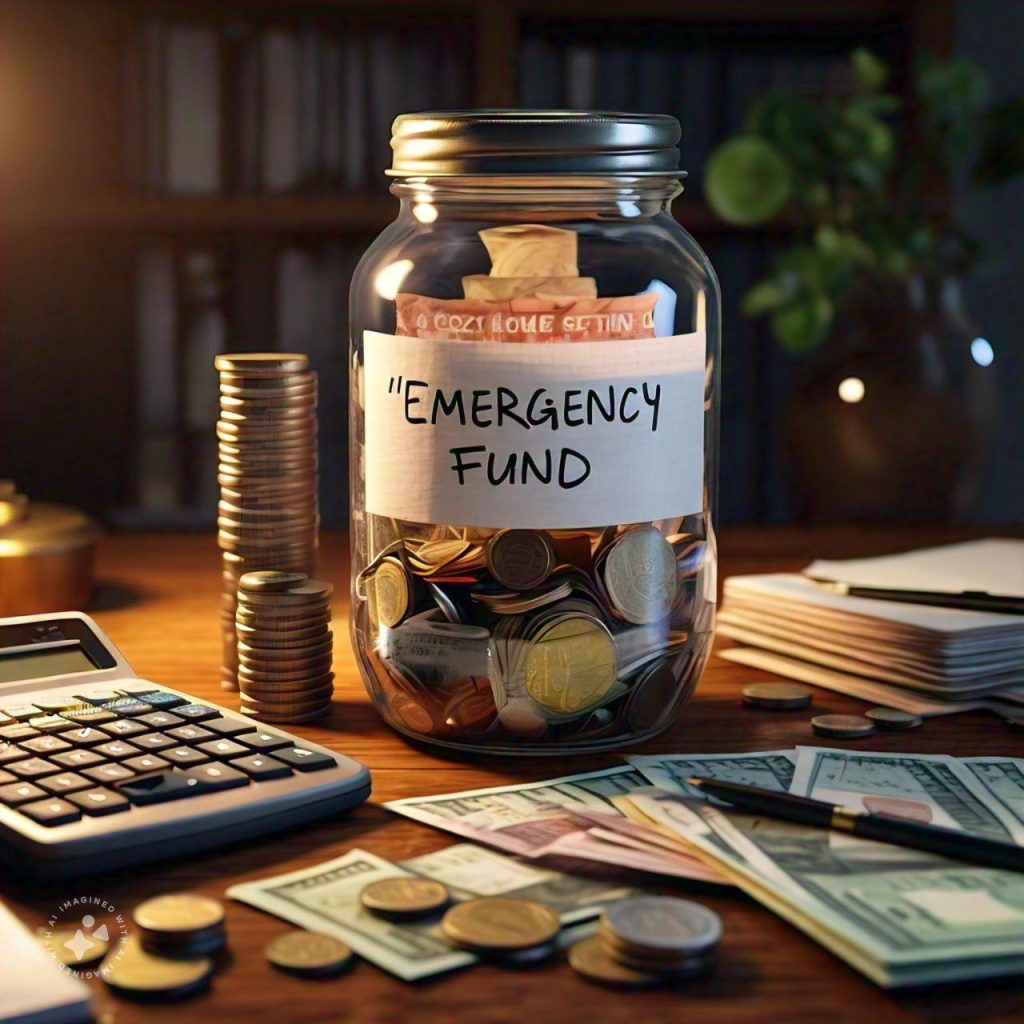In today’s unpredictable world, having an emergency fund can make all the difference in how we navigate financial challenges. In this blog post, I’m going to break down why having an emergency fund is crucial, how to build one, and answer some common questions about it.
Understanding the Problem: Life Happens
We all know that life can be full of surprises. Whether it’s an unexpected car repair, a medical emergency, or losing your job, these situations can create financial stress. According to a survey by the Federal Reserve, nearly 40% of Americans would struggle to cover a $400 unexpected expense. This statistic shows that many of us are living paycheck to paycheck, without a safety net.
When these emergencies hit, the absence of an emergency fund often leads to high-stress levels and financial instability. Without savings, I might find myself resorting to credit cards or loans, which can lead to debt spirals and further complications.

Real-World Examples of Financial Crises
Sarah’s Story: The Ripple Effect of Financial Instability
Sarah, a single mother in her mid-thirties, works tirelessly at two jobs. She starts her day at a local diner, serving breakfast to early-morning customers, and then rushes to her second job at a retail store in the afternoon. Every penny counts for Sarah as she juggles rent, utilities, and her son’s school expenses. With a modest income, she manages to keep her head above water, but there’s little left at the end of each month for savings.
One chilly morning, as Sarah is getting ready for work, her car—a used sedan she bought a few years ago—decides it’s had enough. The engine sputters and makes a noise she’s never heard before. After a quick trip to the mechanic, she learns the bad news: it will cost $600 to repair the car. For Sarah, this is an insurmountable challenge. She has no emergency fund to cover the repair costs, and her monthly paycheck barely stretches to meet her current bills.
The Immediate Consequences
Faced with this dilemma, Sarah considers her options. She can’t afford to be without a car; it’s essential for getting to work and dropping her son off at school. So, she turns to her credit card, even though she knows that it comes with high-interest rates. This choice seems like the only option available, but it’s fraught with danger.
Sarah puts the repair costs on her credit card, which means she will be paying interest on top of the $600. With her current financial situation, making the monthly payments becomes a struggle. The added debt increases her financial stress, and she soon finds herself unable to pay other bills on time. Each month, she sees her credit card balance grow, and her credit score begins to suffer.
The Snowball Effect of Financial Stress
The financial strain starts to affect other areas of her life. With rising anxiety about her financial situation, Sarah feels overwhelmed. She misses work more frequently due to stress-related health issues and can’t focus, leading to poor performance reviews at her jobs. This risk of job loss looms over her as she fears that if she loses one of her jobs, it could be catastrophic.

As her credit score drops, she becomes aware that any future borrowing will come at a higher cost. The reality is stark: she may not qualify for a loan for larger needs, like moving to a better neighborhood for her son or investing in further education to secure a higher-paying job. Each poor financial decision leads to another, creating a vicious cycle that seems impossible to break.
The Long-Term Impact
Sarah’s situation isn’t an isolated incident; it’s a scenario that many people find themselves in when they lack an emergency fund. According to a report from the Consumer Financial Protection Bureau (CFPB), nearly one in four Americans has no savings at all. When faced with unexpected expenses, this lack of financial cushion can lead to debt accumulation, stress, and even mental health issues.
Moreover, Sarah’s story illustrates a more systemic problem. Many low-income individuals and families live paycheck to paycheck, with little room for error. A 2023 study by Bankrate found that 63% of Americans don’t have enough savings to cover a $500 emergency, which aligns with Sarah’s predicament. This issue isn’t just about individual responsibility; it’s about a broader economic environment that makes it difficult for many to build savings.
The Importance of Financial Resilience
The contrast is stark for those who do have an emergency fund. Take the example of John, a friend of Sarah’s who also works in retail but has managed to save for a rainy day. When John’s car broke down, he faced a similar situation but had $1,500 saved in his emergency fund. Instead of resorting to high-interest credit card debt, he paid for the repairs upfront.
John’s financial cushion not only relieved the immediate pressure but also allowed him to maintain his peace of mind. He continued working without the worry of falling behind on bills or accumulating debt. The psychological benefits of having an emergency fund are significant; it enables individuals to approach life’s uncertainties with confidence and resilience.

Agitating the Issue: The Consequences of No Emergency Fund
Not having an emergency fund can lead to significant stress and long-term financial consequences. Let’s take a closer look at some of the issues that can arise:
- Increased Debt: Without savings, I might rely on credit cards or personal loans. This can lead to a cycle of debt that’s hard to escape, as interest accumulates and payments become unmanageable.
- Financial Instability: The stress of living paycheck to paycheck can affect my mental health and overall quality of life. Constantly worrying about money can lead to anxiety and other health issues.
- Limited Opportunities: When financial emergencies arise, I might miss out on opportunities for growth, such as investing in my education or starting a side business, because I’m too focused on immediate financial survival.
- Lack of Security: An emergency fund provides peace of mind. When I know I have savings to fall back on, I can take calculated risks, whether it’s changing jobs or making a big purchase.
The Solution: Building an Emergency Fund
So, how can I build an emergency fund? Here are some actionable steps:
Step 1: Set a Target Amount
The general recommendation is to save three to six months’ worth of living expenses. To determine my target, I can calculate my monthly expenses, including rent, utilities, groceries, and any other essential costs.
For example, if my monthly expenses total $2,000, I should aim for an emergency fund of $6,000 to $12,000.
Step 2: Create a Budget
I need to know where my money is going. By tracking my income and expenses, I can identify areas where I can cut back. Apps like Mint or YNAB (You Need A Budget) can help me manage my finances effectively.
For instance, if I discover that I’m spending $200 a month on dining out, I could reduce that to $100 and allocate the extra $100 to my emergency fund.
Step 3: Set Up a Separate Savings Account
I recommend opening a high-yield savings account specifically for my emergency fund. This keeps the money separate from my regular checking account and can earn interest. Look for accounts with no monthly fees and a competitive interest rate.
Step 4: Automate Your Savings
Automating my savings can make the process easier. I can set up automatic transfers from my checking account to my emergency fund each payday. This way, I won’t be tempted to spend that money elsewhere.
For example, if I decide to save $200 a month, I can set up a transfer to occur on the day I receive my paycheck. Over time, I’ll build my emergency fund without even thinking about it.
Step 5: Stay Disciplined
Building an emergency fund takes time and discipline. I need to resist the urge to dip into my savings for non-emergencies. It’s crucial to remind myself that this fund is for genuine emergencies only.
Step 6: Reevaluate and Adjust
Life changes, and so do my financial needs. It’s important to reevaluate my emergency fund periodically. If my expenses increase, I should adjust my target amount accordingly.

Conclusion: Take Control of Your Financial Future
Having an emergency fund is not just a nice-to-have; it’s essential for financial security. It protects me from the unexpected and gives me peace of mind in uncertain times. By following the steps outlined above, I can build a robust emergency fund that will serve as my financial safety net.
Taking control of my finances today means I’m better prepared for whatever tomorrow brings. I encourage you to start building your emergency fund now. The sooner I start, the sooner I’ll feel the relief and security of knowing I’m prepared for life’s surprises.
Frequently Asked Questions
1. How much should I save in my emergency fund?
As a general rule, I should aim to save three to six months’ worth of living expenses. However, if my job is less stable or I have dependents, I may want to save more.
2. What counts as an emergency?
Emergencies include unexpected expenses such as medical bills, car repairs, job loss, or major home repairs. It’s important to distinguish these from non-emergencies, like vacations or new gadgets.
3. Can I use my emergency fund for planned expenses?
No, I should only use my emergency fund for unplanned expenses. If I find myself using it for planned costs, it might be time to reevaluate my budgeting and saving strategies.
4. Where should I keep my emergency fund?
A high-yield savings account is an ideal place for my emergency fund. It offers better interest rates than a regular savings account while still keeping my money accessible.
5. How long will it take to build my emergency fund?
The time it takes to build an emergency fund varies based on my savings rate and target amount. For instance, if I save $200 a month, it would take me 30 months to reach a $6,000 fund. However, I can speed up the process by cutting back on discretionary spending or finding ways to increase my income.






